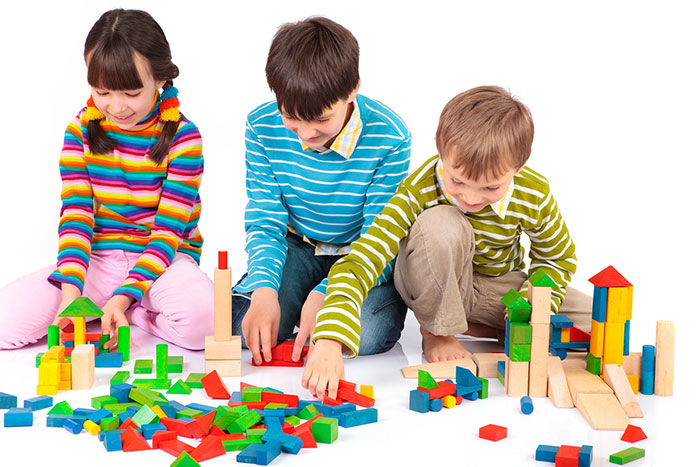|
First get your child assessed by a paediatric physiotherapist, who will
also refer you to other health care professionals such as an occupational
therapist and/or educational psychologist as required.
Encourage
your child to participate in group activities and play. Think play dates,
messy and fitness-based fun activities your child has an interest in… Let
them climb, run, bounce, jump, create, mess and live!
Choose ‘lifestyle’
sports which use repetition and do not depend on having a fast reaction
time or needing to anticipate movement (examples are swimming, running,
horse-riding and even rock-climbing, all better than the team sports which
include a ball).
Motivate your child to try a difficult task or
activity; even if they struggle or fall, encourage them to get back up and
try again. But do not do the activity or task for them. You can help a lot
more by guiding, encouraging and praising your child.
Ensure that
you are diligent and consistent with the home programme your therapist\s
prescribe, especially when it comes to following a prescribed sensory diet,
exercises and cognitive/behavioural tasks.
Invest in an exercise
ball your child can sit on during desk activities, as it corrects their
posture and strengthens their core muscles while helping them focus and
direct extra energy away (this is typically what makes them fidgety). Ask
your paediatric physiotherapist to recommend the correct size of ball and
advise you on the correct desk height and surface incline (slope) for your
child.
Incorporate their exercise and therapy programme into your daily
life and activities, to ensure that they are active and doing the prescribed
exercises throughout the day. That is how we build endurance, improve balance
and coordination. (So, for instance, everyone in the house must hop on their
left leg from the kitchen to the living room and on their right leg from
the living room to the kitchen, or your child must do the wheelbarrow walk
with you from the front door to his room when he arrives home from school).
Break a difficult task or movement down into its components and
practise one part of the task/movement first (so with star jumps: start
with the leg movement, practising it repetitively – using a mirror often
helps – then do the arm movement repetitively on its own, then put them
together by slowing down the movement and repeating this using verbal cues).
Get your child’s carers and teachers involved and on board with
the therapy intervention plan!
If you are concerned about your child’s
development or have any questions about DCD,
feel free to contact the
Paediatrics Physiotherapy Group at
paediatrics@saphysio.co.za
or visit
www.saphysio.co.za and use the ‘Find A Physio’ function to locate a paediatric
physiotherapist in your area.
|
